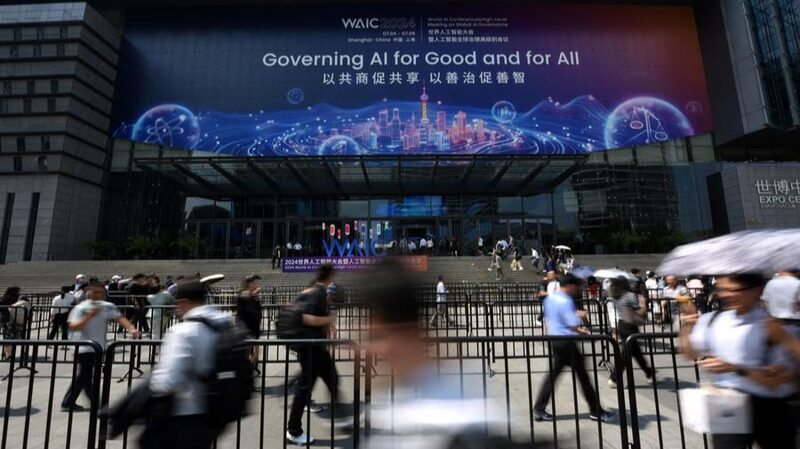The rapid evolution of artificial intelligence (AI) is reshaping Asia’s technological landscape, bringing both exciting opportunities and significant challenges. At the forefront of discussions at the Boao Forum for Asia annual meeting, AI-generated content (AIGC) has been identified as a game-changer in various industries.
Breakthroughs in AIGC applications and the emergence of advanced AI systems have captured global attention. AI technology is demonstrating the potential to overcome traditional limitations in scientific research and is opening new possibilities across sectors such as smart cities, healthcare, and transportation. However, alongside these advancements come concerns about the difficulty in identifying misinformation and the potential displacement of jobs due to automation.
Human-Machine Environment System Intelligence
Looking ahead, the development of human-machine environment system intelligence is poised to be a significant breakthrough. This approach integrates humans, machines, and the environment into a cohesive intelligent system. By combining AI with the Internet of Things (IoT) and smart sensors, such systems aim to achieve intelligent perception, understanding, and responsiveness to both environmental factors and user needs.
This fusion of technologies is expected to bring about innovative applications in smart cities, smart homes, and smart transportation, enhancing efficiency and quality of life. However, it also presents challenges, particularly in ensuring data privacy and security in increasingly interconnected environments.
Advancements in Learning Capabilities
Future intelligent systems are anticipated to possess enhanced capabilities in autonomous learning, transfer learning, and multi-modal learning. Autonomous learning enables AI systems to learn features and patterns from vast amounts of unlabeled data, reducing dependence on manually labeled datasets. This adaptability allows AI to better adjust to new tasks and changing environments.
Transfer learning refers to the ability of AI to apply knowledge acquired from one task to other related tasks. This accelerates the learning process and improves performance, making AI systems more efficient and flexible across various domains.
Moreover, multi-modal learning, which involves processing and understanding data from multiple sources such as visual, linguistic, and auditory inputs, will enable more intelligent interaction and decision-making. This holistic approach allows AI systems to interpret complex scenarios more effectively, leading to better outcomes in sectors like autonomous driving, virtual assistants, and healthcare diagnostics.
Ensuring Transparency and Trust
As AI systems become more integrated into daily life, there is a growing emphasis on transparency and explainability of algorithms. Enhancing users’ understanding of AI decision-making processes is crucial for building trust and ensuring the ethical deployment of AI technologies. Addressing uncertainties and potential biases in AI systems can reduce risks and promote wider acceptance among users and stakeholders.
Balancing Innovation and Risk
The rapid advancement of AI presents a delicate balance between leveraging innovative technologies and mitigating associated risks. Stakeholders across Asia are encouraged to collaborate in developing regulations and frameworks that support AI innovation while safeguarding privacy, security, and employment. By fostering an environment that addresses these challenges, Asia can harness the full potential of AI to drive economic growth and improve societal well-being.
Reference(s):
cgtn.com








